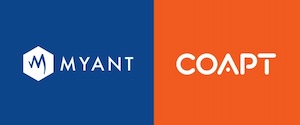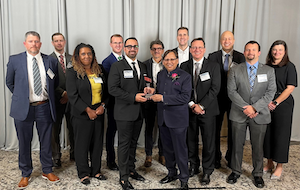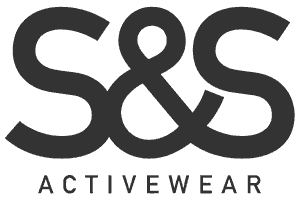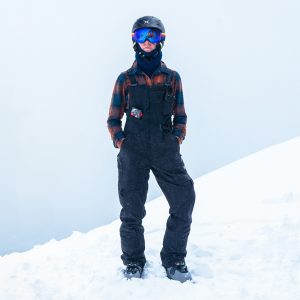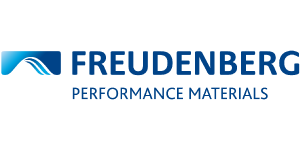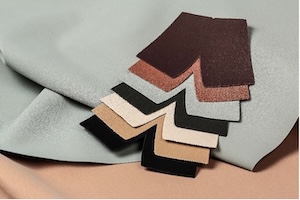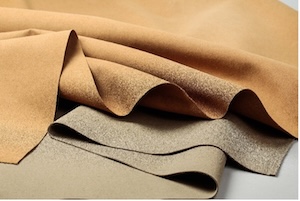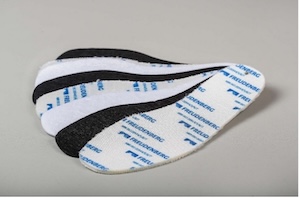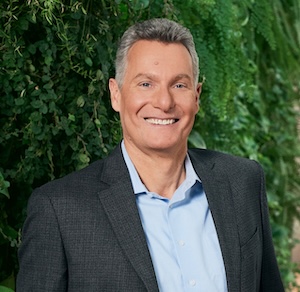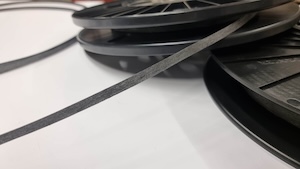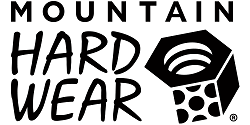 RICHMOND, Calif. — December 6, 2024 — Mountain Hardwear is proud to announce it has been named the 2024 Leave No Trace Corporate Partner of the Year. This distinction honors the company’s relentless commitment to environmental stewardship and its proactive role in promoting sustainable outdoor practices. This recognition highlights Mountain Hardwear’s significant contributions over the past year, the brand’s second year of partnership with Leave No Trace.
RICHMOND, Calif. — December 6, 2024 — Mountain Hardwear is proud to announce it has been named the 2024 Leave No Trace Corporate Partner of the Year. This distinction honors the company’s relentless commitment to environmental stewardship and its proactive role in promoting sustainable outdoor practices. This recognition highlights Mountain Hardwear’s significant contributions over the past year, the brand’s second year of partnership with Leave No Trace.
Mountain Hardwear’s efforts to advance environmental awareness have been wide-ranging— from leveraging its global platform to raise the profile of Leave No Trace principles, to engaging directly with communities on conservation projects.
One of the key achievements for Mountain Hardwear in 2024 was co-leading a major volunteer initiative with the brand’s employees in the Bay Area, where more than 100 hours of service were dedicated to hands-on environmental work. This initiative benefitted local ecosystems and demonstrated Mountain Hardwear’s dedication to engaging outdoor enthusiasts in stewardship activities.
In addition to its volunteer efforts, Mountain Hardwear played an integral role in supporting the expansion of Leave No Trace’s ambassador program. Leave No Trace welcomed Mountain Hardwear mountaineering athletes Scott Lehmann and Shayna Unger as Leave No Trace Ambassadors. Working together with Mountain Hardwear and Leave No Trace, these influential athletes are helping to amplify the message of responsible outdoor practices to a broader audience, inspiring others to incorporate LNT principles into their outdoor adventures.
Mountain Hardwear also continued its tradition of outdoor education by co-presenting at major outdoor festivals throughout the year. These events allowed Mountain Hardwear to reach thousands of festival-goers, offering free education on Leave No Trace principles and encouraging attendees to adopt sustainable practices when exploring the outdoors. By providing this valuable resource to outdoor communities, Mountain Hardwear, in partnership with Leave No Trace, continues to reinforce their role as leaders in environmental education.
As a featured sponsor of the Leave No Trace Global Summit, Mountain Hardwear helped celebrate the organization’s 30th anniversary while paving the way for its next 30 years of impact. The summit served as an important milestone for Leave No Trace, and Mountain Hardwear’s involvement further demonstrated its long-term commitment to supporting environmental initiatives and sustainability within the outdoor industry.
“Mountain Hardwear’s connection with the leading environmental education organization allows our shared missions to be amplified — empowering more people to experience and connect with nature while becoming more conscious stewards and to protect our wild spaces. We are proud to partner with Leave No Trace and receive this recognition,” said Kathryn Luna, senior brand marketing specialist — Community & Partnerships.
“Our work with Mountain Hardwear exemplifies the power of partnership in achieving meaningful change. Mountain Hardwear’s dedication to environmental stewardship and engaging communities has amplified Leave No Trace’s mission to protect and enjoy the outdoors responsibly. Together, we’re inspiring a new generation of outdoor enthusiasts to become lifelong stewards of our natural world,” said Dana Watts, Leave No Trace executive director
Looking ahead, Mountain Hardwear is excited to announce a new collaboration with Leave No Trace. The Leave No Trace x Mountain Hardwear logowear collection, set to launch this upcoming spring, will combine innovative design with a focus on sustainability, further advancing the shared mission of promoting environmental responsibility within the outdoor community.
For more information about the 2024 Leave No Trace Corporate Partner of the Year Award, visit Leave No Trace Awards 2024. To learn more about Mountain Hardwear and its award-winning products, please visit www.mountainhardwear.com.
Posted: December 9, 2024
Source: Mountain Hardwear, Inc.


